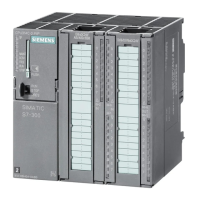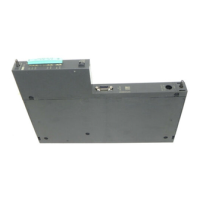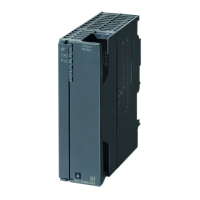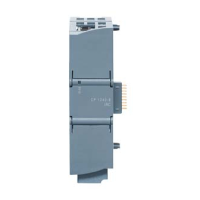Memory concept
4.1 Memory areas and retentivity
CPU 31xC and CPU 31x, Technical Data
4-2 Manual, 01/2006 Edition, A5E00105475-06
System memory
The RAM system memory is integrated in the CPU and cannot be expanded.
It contains
• the address areas for address area memory bits, timers and counters
• the process image of the I/Os
• local data
RAM
The RAM is integrated in the CPU and cannot be extended. It is used to run the code and
process user program data. Programs only run in RAM and system memory.
Table 4-1 Retentivity of the RAM
All CPUs except: CPU 317, CPU 319 RAM is always retentive.
317 256 KB of RAM can be used
for retentive data modules.
319 700 KB of RAM can be used
for retentive data modules.
4.1.2 Retentivity of load memory, system memory and RAM
Your CPU is equipped with a service-free retentive memory, i.e. its operation does not
require a buffer battery. Data is kept in retentive memory across POWER OFF and
restart (warm start).
Retentive data in load memory
Your program in load memory is always retentive: It is stored on the SIMATIC Micro Memory
Card, where it is protected against power failure or CPU memory restart
Retentive data in system memory
In your configuration (Properties of CPU, Retentivity tab), specify which part of memory bits,
timers and counters should be kept retentive and which of them are to be initialized with "0"
on restart (warm restart).
The diagnostic buffer, MPI address (and transmission rate) and operating hour counter data
are generally written to the retentive memory area on the CPU. Retentivity of the MPI
address and baud rate ensures that your CPU can continue to communicate, even after a
power loss, memory reset or loss of communication parameters (e.g. due to removal of the
SIMATIC Micro Memory Card or deletion of communication parameters).
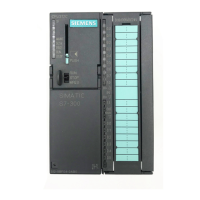
